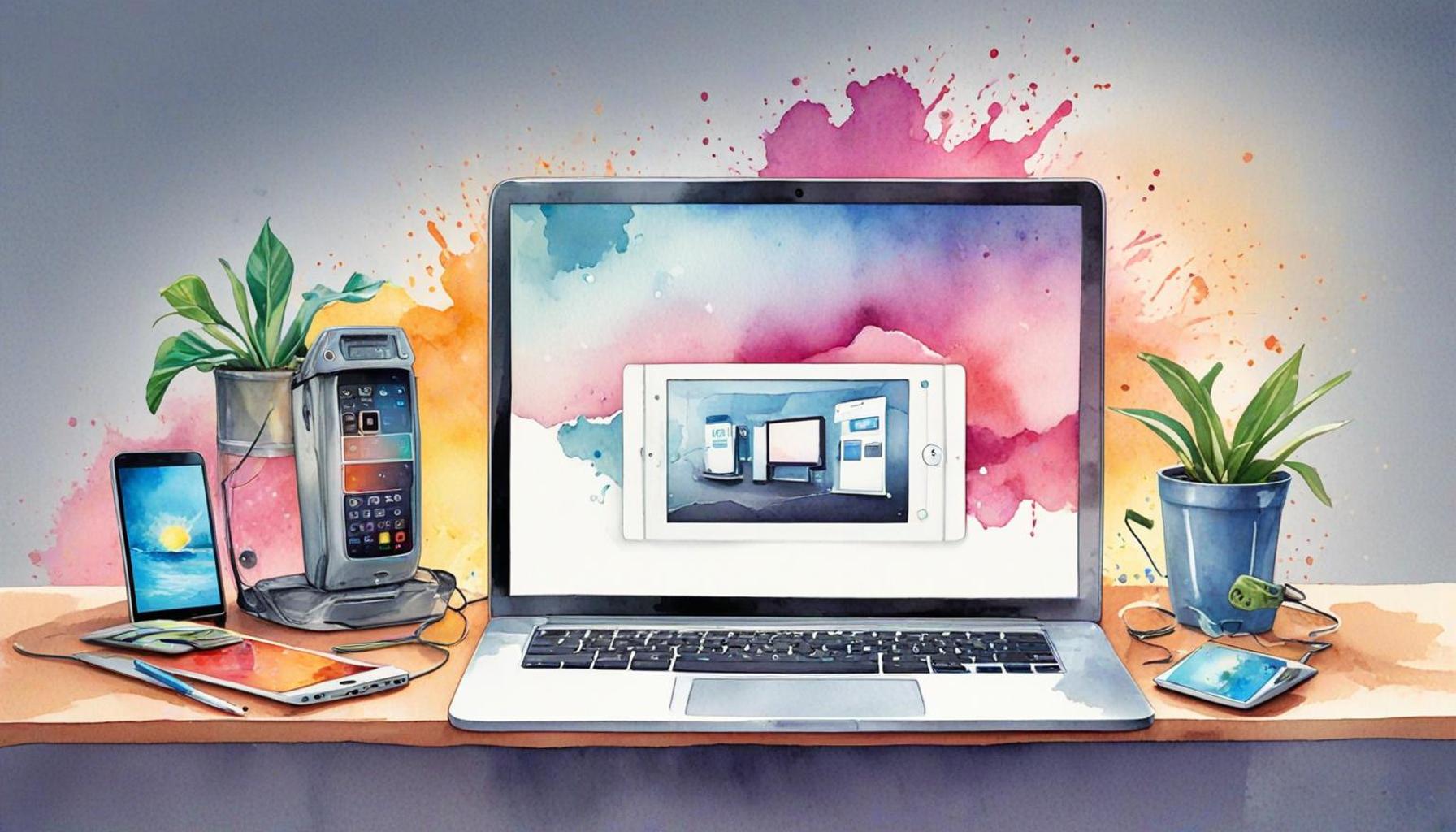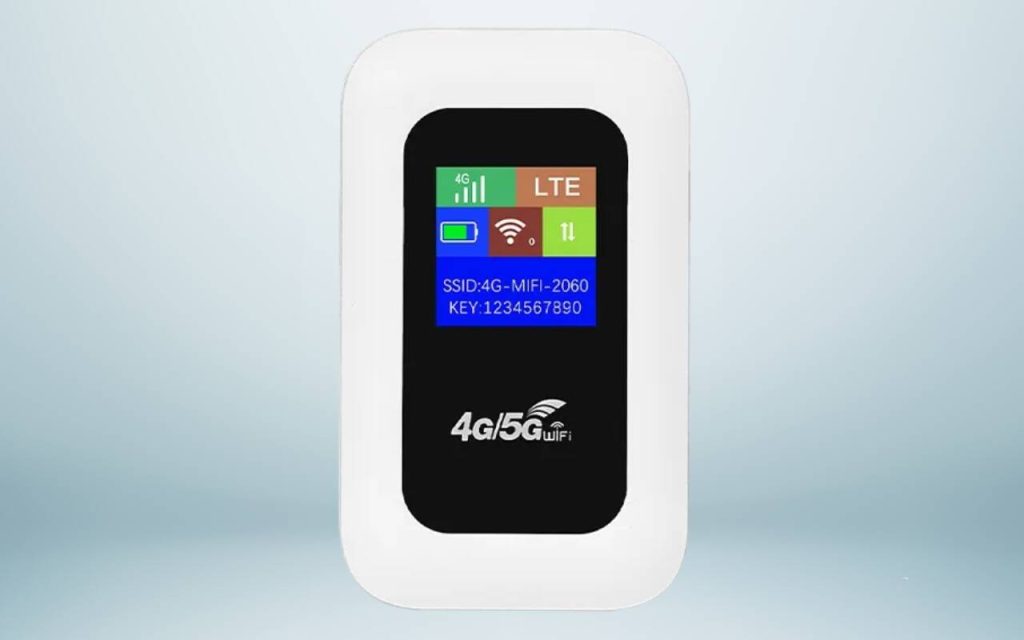Simplicity in Technology: How to Reduce the Use of Digital Devices for a More Peaceful Lifestyle

Understanding the Digital Overload
In an era where information is at our fingertips, the abundance of technology can become a double-edged sword. While devices like smartphones and tablets offer immense convenience, they also create a continuous stream of notifications and distractions that can disrupt our daily lives. Studies reveal that the average American dedicates over 11 hours per day to media consumption, a statistic that highlights our deep-seated reliance on digital devices and the urgency to reassess their influence on our well-being.
As we engage with technology, we may unwittingly be sacrificing our mental health. Research indicates that constant digital distractions can lead to reduced productivity, increased stress levels, and physical health issues such as anxiety and sleep disorders. According to the American Psychological Association, screen time is not just an occupation of time; it is a contributor to the decline of mental health, underscoring the importance of finding equilibrium in our digital engagement.
Strategies for a Simplified Tech Life
To navigate this intricate digital landscape, it is vital to develop intentional approaches to technology use. Below are several practical strategies that can foster a healthier relationship with screens:
- Setting Boundaries for Device Usage: Establish specific time slots for using devices. For instance, consider activating “Do Not Disturb” mode during family dinners or setting aside the first hour after waking up and the last hour before sleep to be device-free. This can help in creating sacred time for connection, creativity, or reflection.
- Integrating Technology-Free Activities: Carve out time for activities that do not involve screens. Engaging in hobbies like gardening, painting, or even board games can foster a sense of fulfillment, all while reducing screen time. Exploring local parks for a walk or participating in community events can further help in reconnecting with the world beyond screens.
- Exploring Alternatives: Instead of turning to high-tech solutions, opt for low-tech alternatives when possible. For instance, consider using a physical planner instead of a digital calendar to organize daily tasks or reading a physical book instead of an e-book. These simple changes can lead to reduced distractions and enhance focus.
A Call for Digital Mindfulness
As we delve deeper into our relationship with technology, embracing simplicity in technology becomes paramount. Through conscious decision-making regarding our gadget use, we can reclaim time, energy, and peace of mind. This journey encourages us to rediscover what is truly meaningful in our lives—relationships, nature, and self-growth—that are often overshadowed by the digital noise surrounding us.
The necessity of finding balance in our fast-paced, technology-infused lives is clearer than ever. By implementing these strategies and fostering a mindset of digital mindfulness, we empower ourselves not only to enhance our well-being but also to ensure that technology serves us, rather than the other way around.

DON’T MISS: Click here to discover how intentional design can elevate your productivity
Embracing Minimalism in Digital Consumption
In today’s fast-paced society, technology seems to be woven into the very fabric of our daily routines. From mobile apps that track our fitness to social media platforms that keep us connected, the scope of digital engagement is vast and often overwhelming. The concept of digital minimalism advocates for a more intentional approach, encouraging individuals to declutter their digital lives just as one would their physical spaces. This shift toward simplicity is not merely a trend but a necessary response to the cognitive overload experienced by many.
Research conducted by the Pew Research Center indicates that a staggering 70% of Americans believe they spend too much time on their devices. This perception is a key driver in the movement towards simplicity. To foster a peaceful lifestyle, we need to critically assess which digital tools and platforms genuinely enhance our lives and which merely distract us. Simplifying technology use can lead to greater fulfillment, as we focus on activities and interactions that nurture our well-being.
Identifying Essential Digital Tools
To begin simplifying our tech use, it is essential to identify which devices and applications are truly necessary for our day-to-day activities. Ask yourself the following questions:
- What are my primary goals? Consider what you hope to achieve both personally and professionally. Does your device usage align with these objectives?
- Which apps genuinely add value? Analyze the applications on your devices. Are they facilitating productivity or merely serving as time-wasters?
- How does technology impact my relationships? Reflect on whether your screen time fosters deeper connections with family and friends or detracts from meaningful interactions.
By assessing these aspects, you can begin to delegate digital tools into categories such as “essential,” “optional,” and “non-essential.” This conscious evaluation paves the way for a transition towards a less cluttered digital life, enabling you to focus on the activities that promote a peaceful and balanced lifestyle.
Cultivating a Mindful Tech Environment
Creating a mindful environment extends beyond simply cutting back on device usage. It also involves curating the types of content we engage with and the environments we create around our technology. For example, consider adjusting your social media settings to limit exposure to overly stimulating or negative content. Implementing features like content filters can help ensure that your digital interactions are uplifting and constructive.
In a world dominated by constant notifications and alerts, taking a moment to breathe can provide the necessary clarity. Regularly practicing mindfulness techniques, such as focused breathing or meditation, can remind us of the importance of balancing our digital lives with our physical presence. By curating a more intentional tech environment, we can find solace in simplicity, ultimately leading to a richer, more fulfilling lifestyle.
| Advantages | Benefits for a Peaceful Lifestyle |
|---|---|
| Enhanced Focus | Reducing distractions from digital devices allows for deeper concentration on tasks, improving productivity. |
| Improved Mental Health | Limiting screen time can lead to decreased anxiety and stress, promoting an overall sense of well-being. |
| Increased Quality Family Time | Spending less time on devices encourages more face-to-face interactions, strengthening relationships. |
| Better Sleep Quality | Reducing screen exposure before bed can improve sleep patterns, contributing to a more rested and peaceful life. |
In the ongoing conversation about Simplicity in Technology, these advantages are critical in guiding individuals toward a more fulfilling existence. For instance, enhanced focus is not just about blocking distractions; it’s about allowing creativity and innovation to flourish without the constant ping of notifications. Meanwhile, the mental health benefits associated with reduced screen time are supported by numerous studies linking excessive digital engagement with increased anxiety levels. Moreover, the importance of quality family time can’t be overstated. In today’s world, human connection fosters emotional resilience. By embracing simplicity and reducing reliance on gadgets, families can engage in meaningful activities, nurturing strong bonds that electronic devices can’t replicate. Lastly, nothing compares to the quality of sleep benefited by this simplified approach. Surveys have shown that individuals who limit their digital exposure tend to experience better sleep hygiene, making it a crucial aspect of a more peaceful lifestyle. These elements combine, forming a tangible pathway toward tranquility and a more harmonious existence amid a technology-saturated world.
DIVE DEEPER: Click here to discover the importance of intentional design
Establishing Boundaries with Technology
As our reliance on technology increases, so must our ability to set appropriate boundaries. Creating a defined separation between digital engagement and personal time can lead to a more peaceful existence. For instance, implementing a tech-free zone in your home, such as the dining area or bedroom, encourages face-to-face interactions and improves the quality of relationships. This practice can help mitigate distractions and reinforce the value of quality time spent with loved ones.
Additionally, establishing designated times for device use can streamline your digital experience. The two-hour rule suggests that individuals set aside two hours each day dedicated solely to technology usage, allowing for a more focused approach. During this time, you can accomplish necessary tasks without falling into the traps of mindless scrolling or endless notifications. Outside of these blocks, endeavor to unplug completely, promoting mental clarity and reducing stress.
Utilizing Technology for Positive Change
While the goal might be to reduce overall digital device usage, it’s also important to recognize that technology can be a powerful tool for fostering a more peaceful lifestyle when used wisely. Applications designed for mindfulness, like Headspace or Calm, offer guided meditation and soundscapes that enhance relaxation, ultimately encouraging a healthier relationship with technology. These applications serve as valuable resources for individuals seeking a moment of stillness amid digital chaos.
Furthermore, engaging with technology can be transformed into an avenue for personal growth and creativity. Platforms like Skillshare and Coursera provide opportunities for learning new skills, emphasizing the potential for technology to serve as a means of self-improvement rather than mere distraction. By consciously selecting digital engagements that contribute to your well-being, you can shift the narrative surrounding technology from one of burden to one of enrichment.
Creating a Balanced Digital Diet
Much like a healthy diet, maintaining a balanced digital life requires careful consideration of what we consume. The concept of a balanced digital diet encourages users to prioritize uplifting and informative content while minimizing exposure to negativity or overly sensationalized media. Take time to evaluate the websites, news outlets, and social media accounts you follow. Focus on sources that contribute positively to your life and eliminate those that drain your energy.
Promoting digital well-being also extends to the way we consume news. Research from the American Psychological Association has unearthed the correlation between constant news updates and heightened anxiety. To combat this, consider limiting news consumption to specific times during the day, allowing you to engage with the material thoughtfully instead of reacting impulsively to breaking news notifications.
By adopting these strategies, you can cultivate a lifestyle where technology becomes an ally rather than an adversary. The journey to simplicity in technology fosters not only a sense of control but also contributes to a deeper appreciation of the world around us.
DISCOVER MORE: Click here to learn how minimalism can simplify your life
Conclusion: Embracing Simplicity in a Digital World
As we navigate through the complexities of modern technology, the quest for simplicity becomes increasingly vital. The practices discussed, from establishing boundaries with technology to curating a balanced digital diet, underscore the importance of intentional engagement with our devices. By implementing tech-free zones and designated usage times, we can reclaim our personal spaces and foster deeper connections with those around us. Moreover, as we selectively use technology for personal growth and creativity, such as engaging with apps designed for mindfulness or educational platforms, we create a pathway to harness its potential positively.
The journey to a more peaceful lifestyle through simplicity in technology invites us to reevaluate our habits and challenge the notion that constant connectivity equates to fulfillment. Research indicates that reducing exposure to negative news and mindless scrolling can significantly decrease anxiety levels. Hence, we must be proactive in limiting our consumption and prioritizing content that enriches our lives.
By embracing the digital tools that serve our well-being and stepping back from those that do not, we pave the way for a fulfilling existence where technology acts as an ally rather than a distraction. As we embark on this transformative journey toward simplicity, let us remember that the ultimate goal is to create a harmonious balance that enhances not only our lives but also our relationships with others and the world around us. In this balance, we may discover a newfound appreciation for the present moment, free from the clutches of digital noise.


